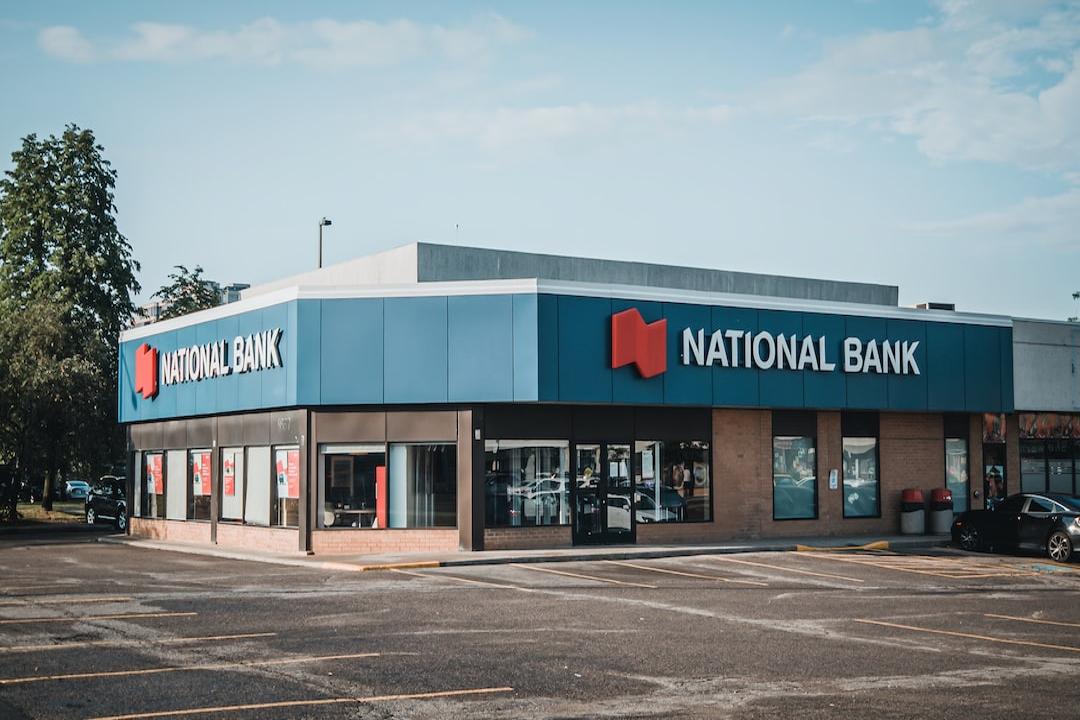According to industry executives, the upcoming Bitcoin halving is expected to have a significant impact on small and less efficient miners, while well-established players should be unaffected. As the block rewards are reduced, profitability and income for miners will be significantly affected. CEOs of Bitcoin mining companies have emphasized the importance of efficiency and scale in mining operations as competition for reduced rewards intensifies.
Marathon Digital, one of the largest mining firms in North America, has been preparing for the halving for a long time. Adam Swick, the firm’s chief growth officer, believes that well-funded and efficient companies are more resilient and will be better equipped to handle the reduced rewards. However, smaller operations that are marginally profitable may not survive the halving.
Michael Bennet, co-founder of OceanBit, also emphasizes the importance of operational efficiency, balance sheet management, and capital structure for miners. He predicts that miners with debt burdens and maturing securities will opportunistically sell their Bitcoin holdings to reduce their debt service during the post-halving cycle when competition becomes more intense.
Greg Beard, CEO of Stronghold Digital Mining, points out that previous halvings have forced mining companies to adapt to lower-margin environments. As profitability margins decrease, miners may need to sell BTC to fund the purchase of more efficient mining equipment.
The Bitcoin halving is a programmed event in the blockchain’s code, with the block reward halving every 210,000 blocks mined. The fourth halving, expected in April 2024, will reduce the block reward to 3.125 BTC. The network has become more competitive, with a significant amount of hashing power competing for block rewards.
Swick and Beard both predict that some organizations may sell off their BTC reserves or divest from operation sites to maintain capital if they haven’t developed sufficient resources to weather the halving. The build-up to the halving has provided opportunities for miners to increase their capacity.
Despite the challenges posed by decreased block rewards, industry players remain confident. Swick predicts significant consolidation within the Bitcoin mining industry, the development of advanced mining hardware, large operation sites, and improved energy harvesting solutions. Bennet believes that the price of BTC will experience significant upside due to the impact of Bitcoin exchange-traded funds driving demand.
While miners are aware of the potential impact on profitability, there is an air of optimism among industry players. Institutional interest driven by Bitcoin ETF investments and anticipation of the halving are macro-forces that make Stronghold’s CEO optimistic about Bitcoin’s future.
At the time of publication, Bitcoin was trading at $65,000 with a market capitalization of $1.2 trillion, making it the tenth most valuable asset worldwide.
Magazine: Big Questions: How can Bitcoin payments stage a comeback?

